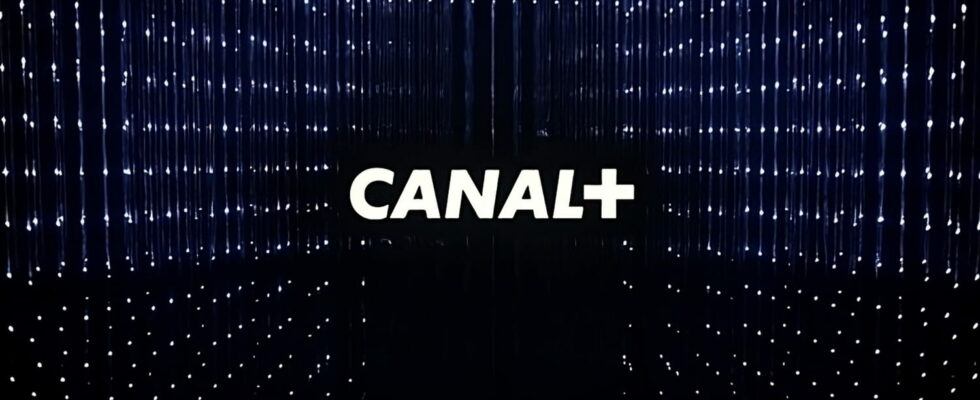In reaction to the exclusion of C8 by Arcom, the Canal+ group has decided to withdraw four of its channels from pay DTT in 2025. The opportunity to redistribute the cards by offering the released channels to free channels.
It’s a real stone that Canal+ has just thrown into the PAF pond (the French audiovisual landscape). In a press release published on Thursday December 5, 2024Vincent Bolloré’s television group has announced the upcoming withdrawal of four of its channels from pay DTT, namely Canal+, Canal+ Cinéma, Canal+ Sport and Planète). Subscribers can rest assured, these channels will not disappear: they will continue to be broadcast, but through other digital channels, streaming via the Internet (fiber, ADSL, satellite, 4G/5G), through operators’ boxes, online services, connected televisions and the Canal+ application for smartphones and tablets.
End of Canal+ on TNT: a protest decision
This somewhat spectacular announcement is the result of a decision that is both political and economic. As the audiovisual group explains in its short note, it is firstly a reaction to the upcoming exclusion of C8 (another channel of the group) from free DTT. Let us recall that last July, Arcom refused to renew the authorization to broadcast two channels via terrestrial means, C8 and NRJ12, thus paving the way for the arrival of new players (see our article).
This decision, which sanctioned certain excesses of C8, the source of numerous controversies, obviously aroused the anger of Vincent Bolloré’s group, which repeatedly recalls the popularity of C8. “Drawing the consequences of the withdrawal of the C8 channel, the first DTT channel, by Arcom and an increasingly restrictive tax and regulatory environment for the group in France, Canal + announces the withdrawal of its pay channels from TNT”explains the press release.
Concretely, as we have said, the exclusion of C8 from free DTT, which will take place on February 28, 2025, just like the withdrawal of the four other Canal+ channels planned for June 2025, will not change much for viewers. First, because in either case, they will still be able to watch these channels by other means. Then, because paid DTT actually only concerns a few people. So, according to an Arcom impact studyCanal + only had around 300,000 subscribers via TNT in spring 2022. And even 70,000 customers in 2024 according to The independent ! A very low number when compared to the approximately 10 million subscribers that Canal+ has today in France since the acquisition of OCS – and the nearly 27 million subscribers worldwide.
And this is perfectly logical insofar as most French spectators today watch television by means other than DTT, many do not even connect their television to the rake antenna in their home! Because even if it is estimated that DTT remains the only means of receiving television for around 20% of French households, uses have changed enormously in recent years with the Internet and the countless streaming platforms available today.
End of Canal+ on DTT: very important economic issues
The Canal+ group has also been completely committed to this path for several years by diversifying its digital offering. And this poses a problem for another point addressed in the December 5 declaration. Because by moving from a “classic” pay television offer to a huge Netflix-type SVOD streaming platform, the audiovisual giant has completely changed its economic model. And, in fact, it should follow the same rules as its American counterparts. The tax authorities therefore consider that the VAT rate applicable to Canal+ should no longer be 10%, as was the case since its beginnings, but 20%, like other SVOD services.
By dating this change to 1er May 2019, Bercy redid its calculations by notifying Canal+ of VAT adjustments of 230 million euros per year for the years 2019 to 2021, as highlighted the Informed. And despite contesting this decision with the Council of State, without success, the Paris administrative court of appeal confirmed the application of a 20% VAT for Canal+ as for OCS.
As we can see, the announcement from Vincent Bolloré’s group is not only political, but also economic. Especially since it also has very important additional implications, insofar as Canal+ is one of the main financiers of French cinema. And it is undoubtedly no coincidence that Canal+’s decision comes a few days before a decisive general meeting for Vivendi, owner of Canal+. Indeed, this Monday, December 9, shareholders will have to decide on a proposed split of Vincent Bolloré’s Vivendi group into several entities, a split which would allow. Canal + to be listed in London.
End of Canal+ on TNT: free frequencies for new channels?
In any case, this new economic-media soap opera, which curiously coincides with the 40th anniversary of the encrypted channel, launched in 1984, could redistribute the cards in the French audiovisual landscape. And it is on the Arcom side that everything should be played out. It is in fact the authority which will have to decide what to do with the four terrestrial frequencies freed up by the departure of the Canal+ channels. The opportunity to completely review the PAF by redistributing these channels to new players, taking into account multiple political, economic and cultural issues, with the usual pressures that accompany them. Above all, it will be an opportunity to put an end to the aberrant model of paid DTT by switching all channels to free. It is high time to do a thorough cleaning to get rid of this anachronistic privilege and make this television technology accessible to all – but who these days wants to pay a subscription for channels on DTT? Let’s bet that the year 2025 will see major upheavals in our dear PAF…
